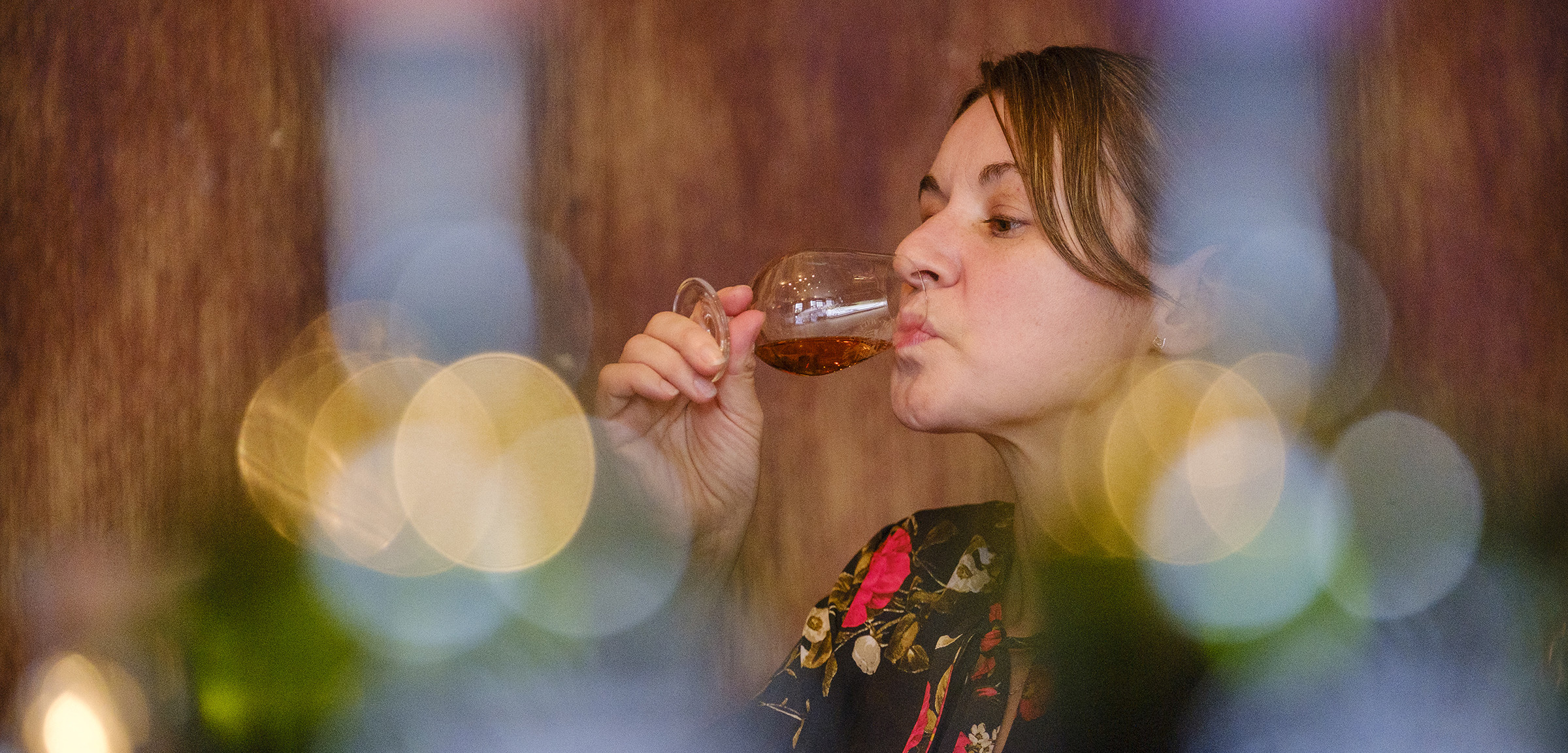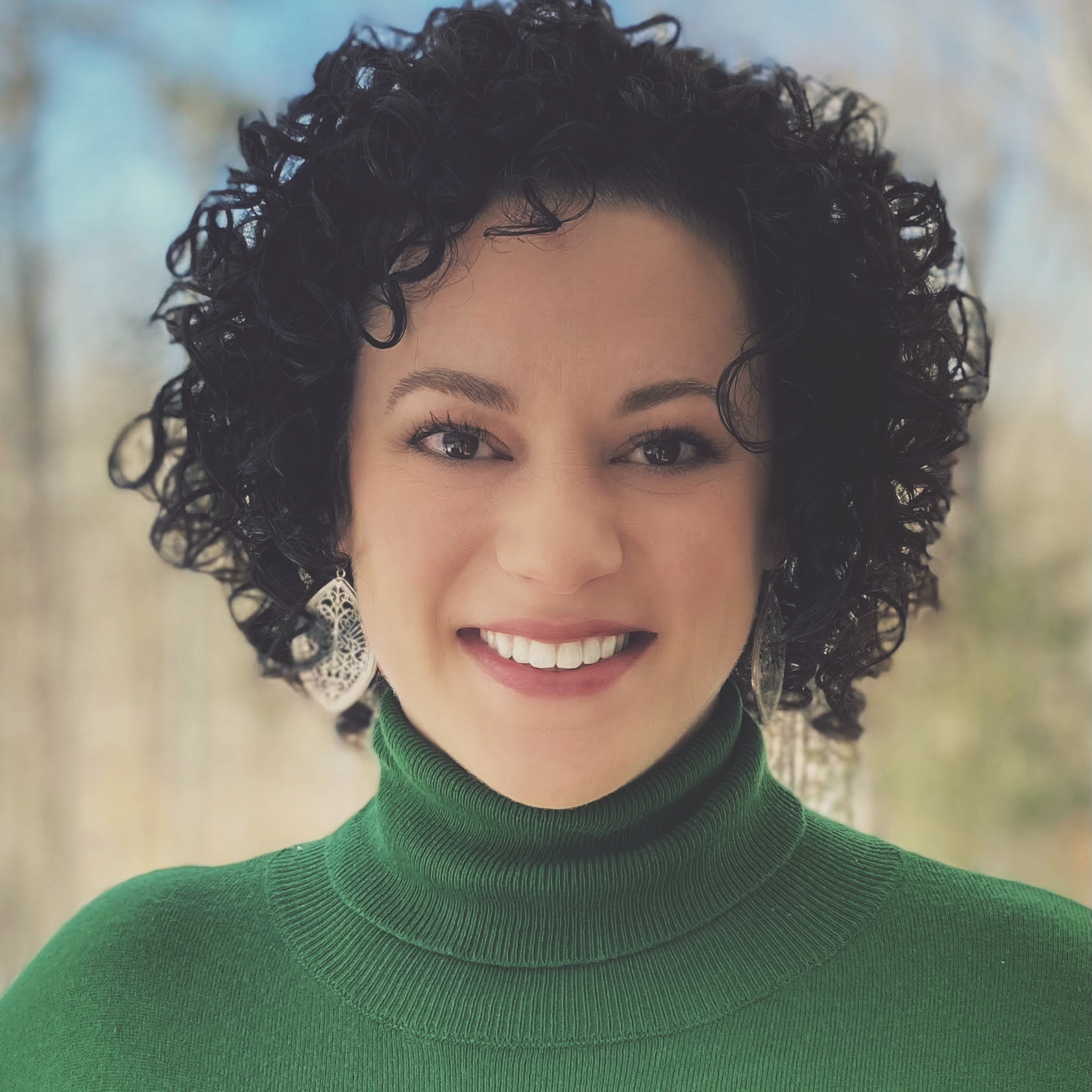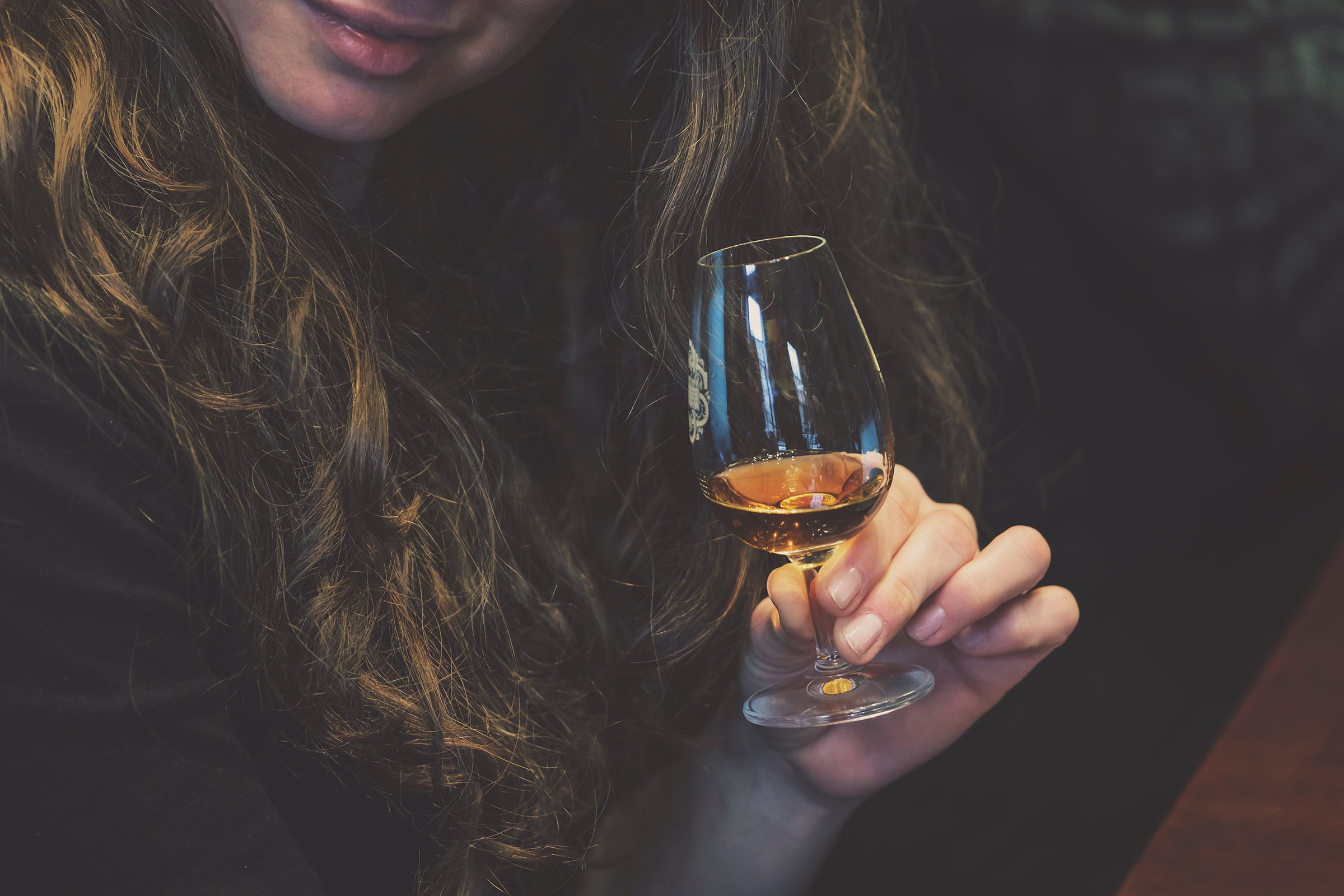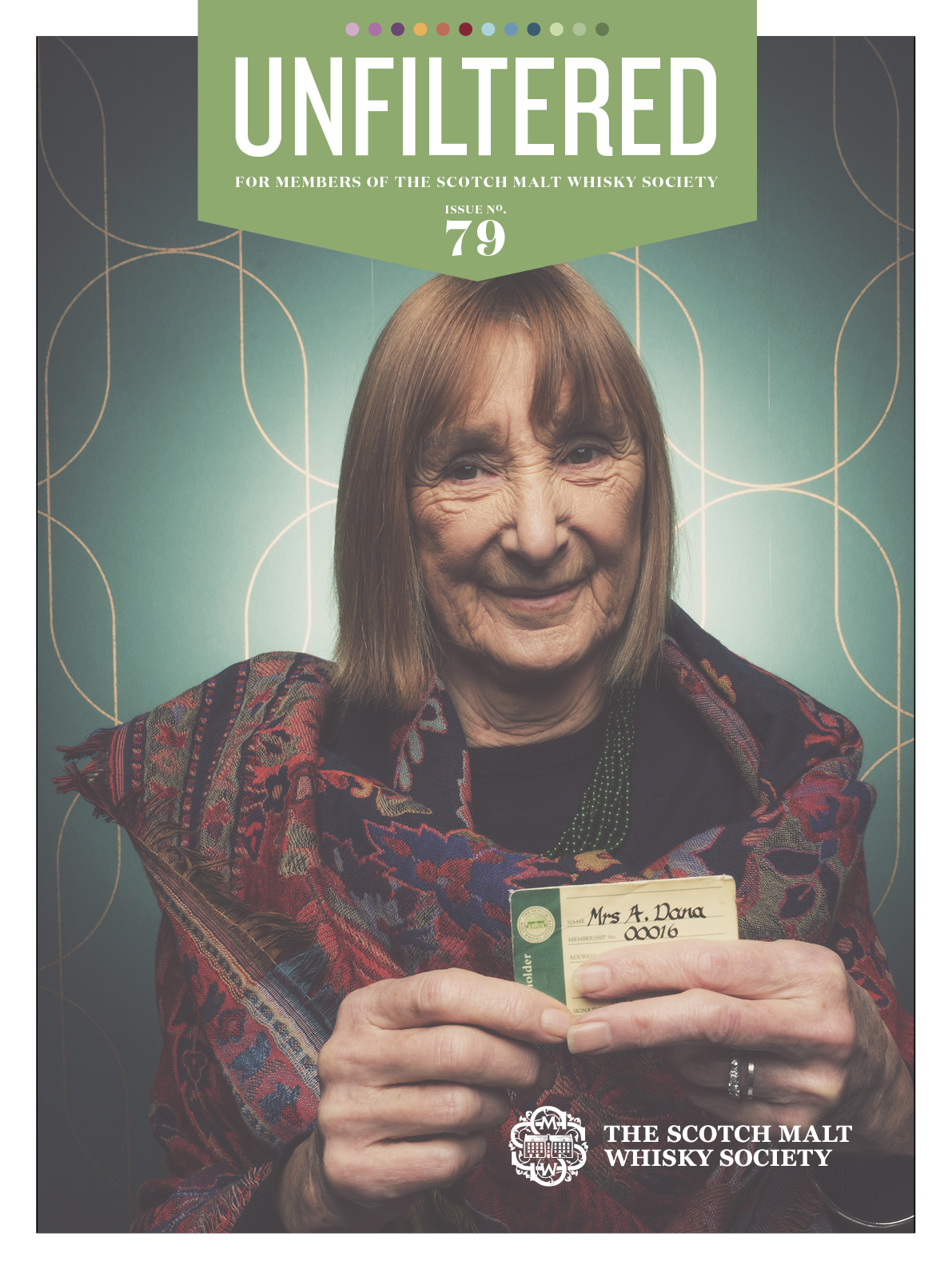Originally published in Unfiltered #79
Do women have a better sense of smell and taste? Or is it simply different? Charlene Rooke reports on how biology, evolution and psychology could all contribute to making women more likely to be “supertasters”
A mouthful of dirty coins. That’s the metallic taste assaulting my tongue, evoking a memory of some foolish childhood moment. I spit out the offending tab of paper, a test strip handed out by a female master blender running this whisky tasting. It flags the genetic tendency for some palates, especially women’s, to be exquisitely sensitive to bitter flavours.
I’m one of only a few women, and the only so-called “taster”, in the room. Nearly 30-year-old research confirms that women have more tastebuds and are more likely than men to be “supertasters”, like this master blender is. That’s not the superpower it sounds like: she describes some strong flavours as unpleasant and even painful. With my more limited sensitivity, I wonder if it helps explain why I’ve found acuity and confidence in wine and spirits tasting.
That harmless experiment is one piece of the serious science showing that women taste and smell differently. For nearly 20 years, studies have also shown that women have more cells and neurons in the brain’s olfactory centre, which processes smells. In some experiments, women of reproductive age perceived smells at up to 11 times of magnitude better than any other group.

“Absolutely. Women have a greater variation and ability to smell,” which contributes to 90 per cent of taste, says Dr Alan Hirsch, a neurologist and psychiatrist who specialises in smell and taste loss at the Smell & Taste Treatment and Research Foundation in Chicago. “Smells that come in the mouth and go up the nose we perceive as ‘taste’,” he explains, while our tongues only perceive a more limited palate of sweet, salty, sour, bitter and umami, or savoury.
Maria Nachetova, Technical Service Manager — Europe for distilling yeast supplier Lallemand Biofuels & Distilling, says that while practice helps anyone build these skills, true experts have a “gift”.
“Women working in the industry have amazing abilities for taste and smell, especially from my experience in tastings of neutral products, such as GNS [grain neutral spirit] and vodkas, where you need a high level of sensitivity,” she says.
A matter of biology
Although the biological evidence for women’s superior senses is there, evolution and psychology may play a role. In a feminist twist on the stereotype of women in the kitchen and minding children, those roles may have given an evolutionary advantage. Tasting for poisonous foods, identifying their own offspring and even preferred mates by sense of smell may have benefited females tracing all the way back to sub-human primates, says Alan. He points out that testing shows that women’s superior senses kick in at procreation age, and drop off after 65.
In her 2021 book Girly Drinks: A World History of Women and Alcohol, author Mallory O’Meara uncovers the stories of women fermenters, brewers, winemakers and distillers, tracing back to ancient Mesopotamia.
She writes that, “[Women] have always been there, not just alongside men but usually one step ahead of them.”
Being recognised for that expertise is perhaps a different story. Hannah Lanfear, a top London-based spirits educator for the Wine and Spirits Education Trust and long-time bartender, says that even if women have a natural advantage, a drinks industry long dominated by men has given them access to expertise, offering some men “an innate confidence when tasting”. She sees that play out in the classroom, where, “women can be fantastic [at tasting], but I find sometimes they might have some doubts, and they don’t initially speak out.” When they do, it can be revelatory for the whole tasting group.
That’s one reason, says Dr Frances Jack, a PhD and senior scientist at the Scotch Whisky Research Institute in Edinburgh, for sensory testing panels at distilleries, drinks brands and other industry bodies to include a broad range of testers. “I’m a sensory scientist, and in terms of the conferences I go to it’s a lot of women,” Frances says.
Frances says that after 20 years in a whisky industry populated mostly by men, “we’re just seeing more women coming through the system now.” That could be because the Scotch whisky industry has evolved from being driven by production volumes and efficiencies to being a business that’s increasingly driven by flavour. “That probably leans more to the skills of women,” she notes.
Looking towards the future

Amber Banet
Indeed, if the whisky industry intends to gain new customers, it makes sense that there are more women master distillers, blenders and
others now in key whisky production roles worldwide. “The fact that more women are drinking whiskey and the industry has become more gender-inclusive in its marketing strategies plays the bigger role of enticing more females into the category,” says Amber Banet, a product insights manager for whisky maker Brown-Forman’s global research & development team.
Take the legacy of Sheila Burtles, who the SWRI’s Frances recalls helping to develop the original 1970s-era Scotch Whisky Flavour Wheel, now an industry-standard tool. “It was created so that the whisky companies could talk to each other with a common vocabulary when trading spirits for blending,” Frances says.
“That was a time when there weren’t very many women in the industry, and I think she did it because she liked talking about flavour.”
More than 30 years later, we are having conversations about whisky, in the voice of Sheila Burtles and other talented women pioneers like her.
Unfiltered Magazine is The Scotch Malt Whisky Society’s premium whisky knowledge magazine delivering quality content exclusively to members in an immersive multimedia format monthly. To view Unfiltered #79 in its entirety (as well as all back issues), log in and access the members’ portal or join The SMWS today — the world’s most colourful whisky club.









